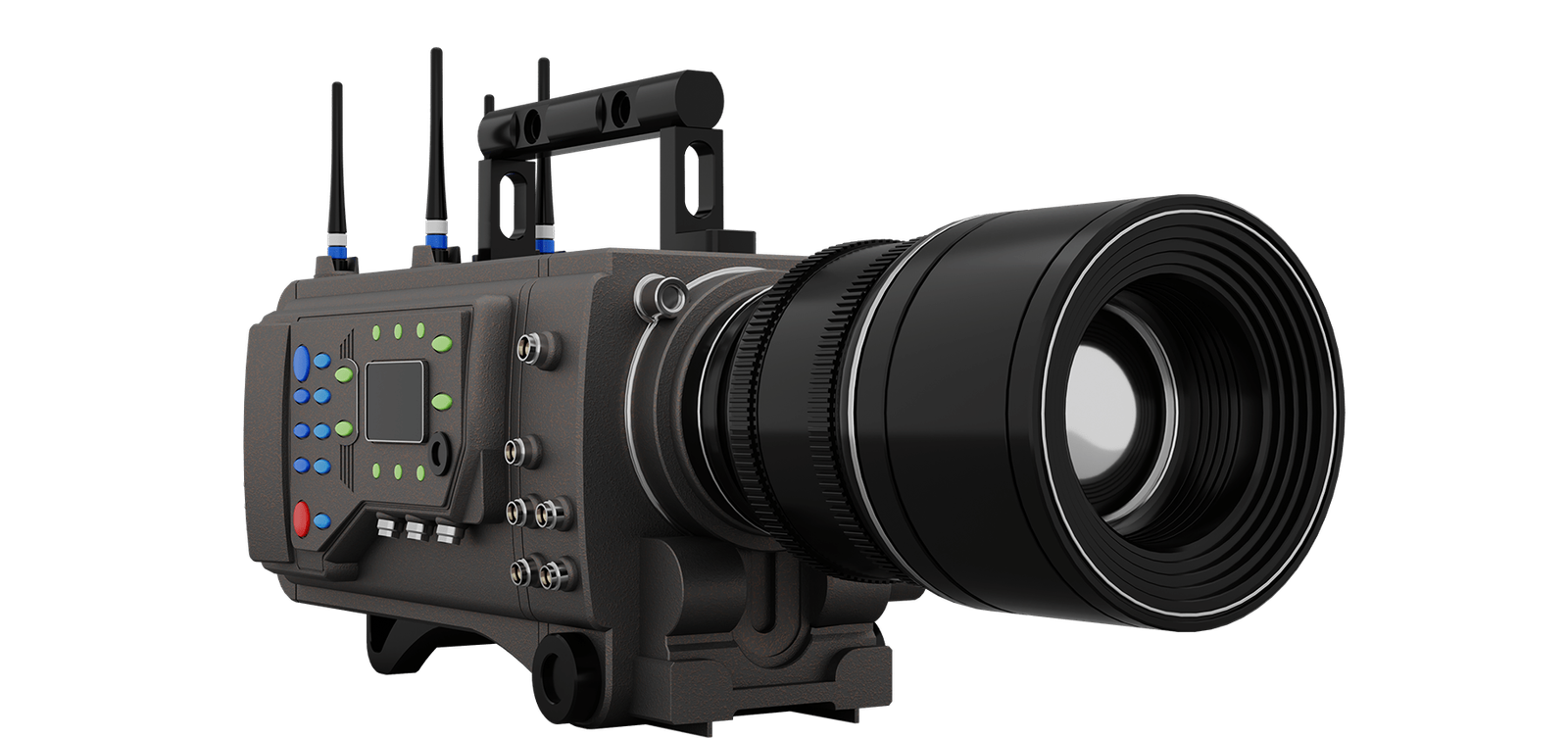Creating video content has become an essential strategy for businesses, creators, and individuals aiming to connect with their audience. With the rise of accessible technology, two main approaches dominate the landscape: DIY video production and professional video services. Each has its advantages and challenges, and choosing between the two depends on your goals, budget, and expertise. Here’s a closer look at both options to help you decide what works best for your needs.
DIY Video Production: Advantages and Challenges
DIY video production has gained immense popularity, thanks to affordable smartphones, cameras, and editing tools. It offers a level of flexibility that suits small businesses, startups, and personal projects.
Advantages of DIY Video:
- Cost-Effective: With minimal investment in equipment and software, DIY videos can save money.
- Creative Control: You have the freedom to experiment and make decisions independently.
- Immediate Execution: Without the need for external scheduling, you can produce content on your timeline.
Challenges of DIY Video:
- Time-Intensive: From shooting to editing, DIY video production can consume significant time.
- Skill Gaps: Lack of experience in areas like lighting, sound, and editing can result in lower-quality output.
- Limited Resources: Access to high-end equipment and professional tools may be restricted.
DIY video production is often ideal for vloggers, quick social media posts, and businesses looking to create informal or behind-the-scenes content.
Professional Video Production: Advantages and Challenges
Professional video production involves hiring a team or agency to handle the creative and technical aspects of your project. This approach is typically associated with high-quality outputs tailored to specific purposes.
Advantages of Professional Video:
- Polished Results: Expertise in cinematography, lighting, sound, and post-production ensures a high-quality final product.
- Strategic Approach: Professionals bring a structured process that aligns the video with your goals and audience.
- Access to Advanced Tools: Professionals utilize state-of-the-art equipment, enhancing visual and audio quality.
Challenges of Professional Video:
- Higher Costs: Professional services often require a substantial investment.
- Time for Planning: The process may involve more preparation and collaboration.
- Reduced Flexibility: Working with a team may limit spontaneous changes to the project.
Professional video production is often the best choice for commercials, corporate videos, event coverage, or any project where quality is a top priority.
How to Choose the Right Option
Your decision between DIY and professional video production hinges on several factors:
- Budget: If cost savings are essential, DIY may be your go-to. For larger budgets, professional services deliver superior value.
- Purpose: Casual or impromptu content works well with DIY methods, while polished videos for marketing or branding benefit from professional expertise.
- Timeline: For quick content creation, DIY is efficient. For projects requiring detailed planning, professionals are better equipped.
- Skill Level: Consider your confidence with filming and editing. If your skills are limited, hiring professionals may be worth the investment.
Final Thoughts
Both DIY and professional video production have their place in the content creation landscape. DIY provides affordability and control, while professional services bring expertise and quality. By assessing your specific needs and resources, you can make an informed decision that aligns with your goals. Whether you’re producing a simple tutorial or a high-end promotional video, the right approach will ensure your message resonates with your audience.
